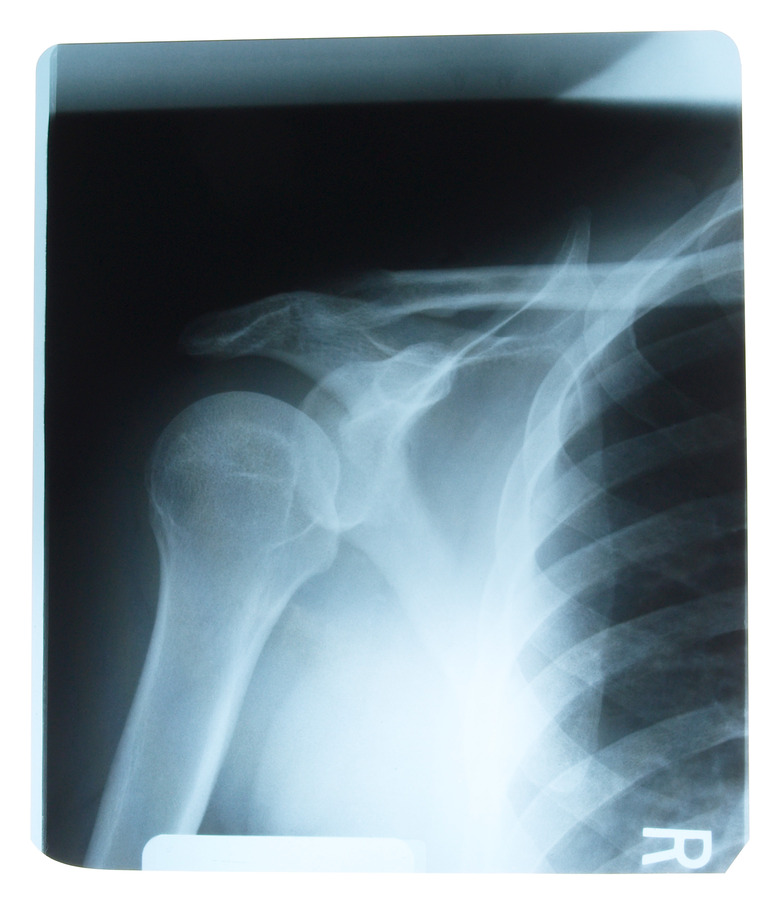Why Is The Study Of Histology Important In Your Overall Understanding Of Anatomy & Physiology?
Histology is the study of how tissues are structured and how they work. Knowing what a normal tissue looks like and how it normally works is important for recognizing different diseases.
It also helps in figuring out what causes certain diseases, how to treat those diseases, and whether the treatment has worked. Histology can be considered as the study of anatomy and physiology at the microscopic level.
Purpose of Anatomy and Physiology
Purpose of Anatomy and Physiology
Anatomy and physiology are fields of study that seek to understand how an organism's body is structured and connected. The connections can be physical, such as muscle connecting to bones, or hormonal, such as how the brain communicates with the thyroid.
The focus of anatomy is to understand the physical structure of the many systems in the body, such as the circulatory system, the skeletal system and digestive system.
The focus of physiology is to understand how different organs of the body communicate with each other to maintain homeostasis, which is the process in which an organism maintains stable and optimal levels of nutrients, energy and temperature.
Structure Reveals Function
Structure Reveals Function
Each organ of a body consists of four basic types of tissues: epithelial, connective, muscle and nervous tissue. However, the cells in these tissues can be shaped differently when they are found in different organs. In fact, how the cells in a tissue are shaped can predict how that tissue functions.
This is because the same patterns of structure and function are repeated throughout the whole organism. Some tissues give rigid structure support, such as bone. Others contract to general force for movement, such as skeletal muscle. Others form pouches that secrete fluids, such as salivary glands.
Pathophysiology and Pathology
Pathophysiology and Pathology
Diseases occur because normal tissues are harmed or do the wrong thing. Pathology and pathophysiology are the study of diseases and malformed tissues in hopes of understanding their causes and potential treatments. Pathology examines how a tissue is abnormally shaped.
Pathophysiology examines how a tissue is abnormally producing molecules and fluids. Neither pathology or pathophysiology would be possible without histology, since a researcher would not recognize what is abnormal without knowledge of what is normal.
Inflammation
Inflammation
One of the most obvious signs of tissue damage is inflammation, which histology clearly detects. Inflammation is the recruitment of many immune cells to a site of injury or disease. Inflammation also involves a dilation of blood vessels and a swelling of the damaged area.
The different cell types of the immune system have distinct shapes and features, which can be seen through the histological examination of a tissue. Histology not only studies the features of invading microorganisms in tissues, but can also examine those microbes after they are removed from the body, stained with a chemical dye, and viewed under a microscope.
How to Study Histology
How to Study Histology
Histology is a visual study. You should be consistently looking at diagrams, real life pictures, textbook images, and illustrations in order to study this field. There are a number of websites that compile thousands of these images that make it easy for you to study and understand the images you're looking at.
Practice quizzes and tests are also going to be great for learning the information you need. It's one thing to look at images and diagrams, and it's another to understand what you're looking at, analyze what it means, and answer questions on it.
Another resource that you should use are interactive diagrams. These are mostly found online and can help you learn how things work and interact as they would in a living organism.
Cite This Article
MLA
Ph.D., David H. Nguyen,. "Why Is The Study Of Histology Important In Your Overall Understanding Of Anatomy & Physiology?" sciencing.com, https://www.sciencing.com/study-histology-important-overall-understanding-anatomy-physiology-23515/. 22 May 2019.
APA
Ph.D., David H. Nguyen,. (2019, May 22). Why Is The Study Of Histology Important In Your Overall Understanding Of Anatomy & Physiology?. sciencing.com. Retrieved from https://www.sciencing.com/study-histology-important-overall-understanding-anatomy-physiology-23515/
Chicago
Ph.D., David H. Nguyen,. Why Is The Study Of Histology Important In Your Overall Understanding Of Anatomy & Physiology? last modified August 30, 2022. https://www.sciencing.com/study-histology-important-overall-understanding-anatomy-physiology-23515/
